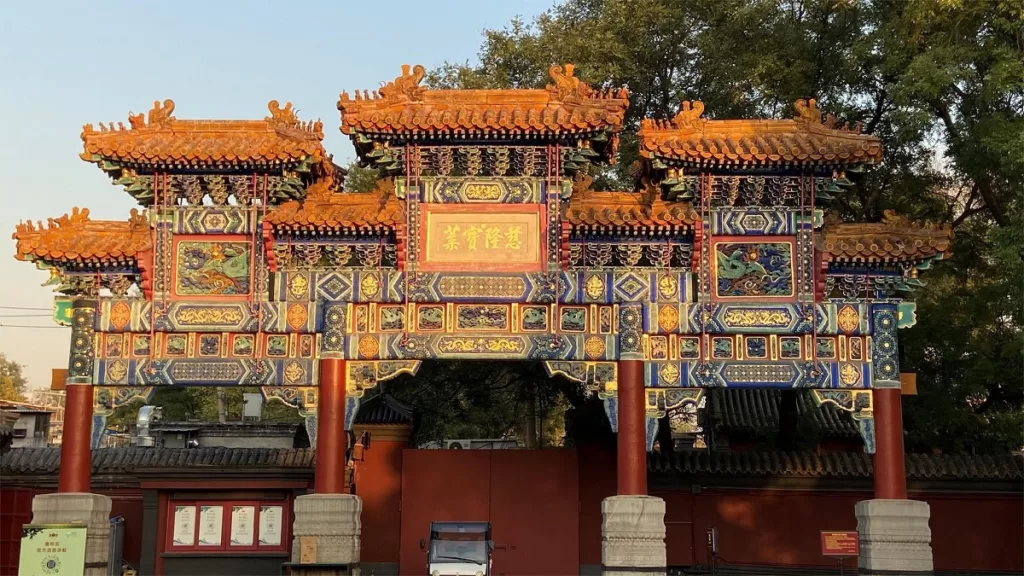The Yonghe Lama Temple, also known as the Yonghe Temple or the Lama Temple, is one of the most significant cultural and religious sites in Beijing, China. The temple is a popular tourist attraction and is also a vital center of Tibetan Buddhist learning and practice. Here are some reasons why the temple is significant:
Historical Value
The Yonghe Lama Temple was originally built in 1694 as the residence of Prince Yong, a son of Emperor Kangxi. However, in 1722, the prince converted the building into a lamasery, which is a monastery for Tibetan Buddhist monks. The temple became the center of Tibetan Buddhist learning in Beijing and was later converted into a national-level temple by the Chinese government.
Cultural Value
One of the main reasons why the Yonghe Lama Temple is significant is its cultural value. The temple’s architecture and artwork reflect a unique blend of Han Chinese and Tibetan Buddhist styles. The temple is home to numerous statues, thangkas, and other artifacts that represent the best of Tibetan Buddhist art and craftsmanship.
The temple’s most prominent feature is the Hall of the Heavenly Kings, which is the largest hall in the temple and houses four impressive statues of the Heavenly Kings. The hall is decorated with beautiful paintings and intricate wood carvings. Another highlight of the temple is the Hall of Harmony and Peace, which contains a stunning 26-meter high statue of the Maitreya Buddha carved from a single piece of sandalwood.
Tibetan Buddhist Center
The Yonghe Lama Temple is also an important center for Tibetan Buddhist learning and practice. The temple houses many Buddhist scriptures, and the monks who reside there dedicate their lives to studying and practicing Tibetan Buddhist teachings. The temple is open to visitors, and tourists can participate in religious ceremonies and learn more about Tibetan Buddhist culture and traditions.
Symble of Religious Tolerance
Finally, the Yonghe Lama Temple is a symbol of China’s religious and cultural tolerance. Despite being a Tibetan Buddhist temple, it has been embraced by the Chinese government and people as an essential part of China’s cultural heritage. The temple has become a place where people of different faiths and nationalities can come together to appreciate and learn about Tibetan Buddhist culture.
Other Facts about the Temple
Shaolin temple and Yonghe Lama Temple – Similarities and Differences

